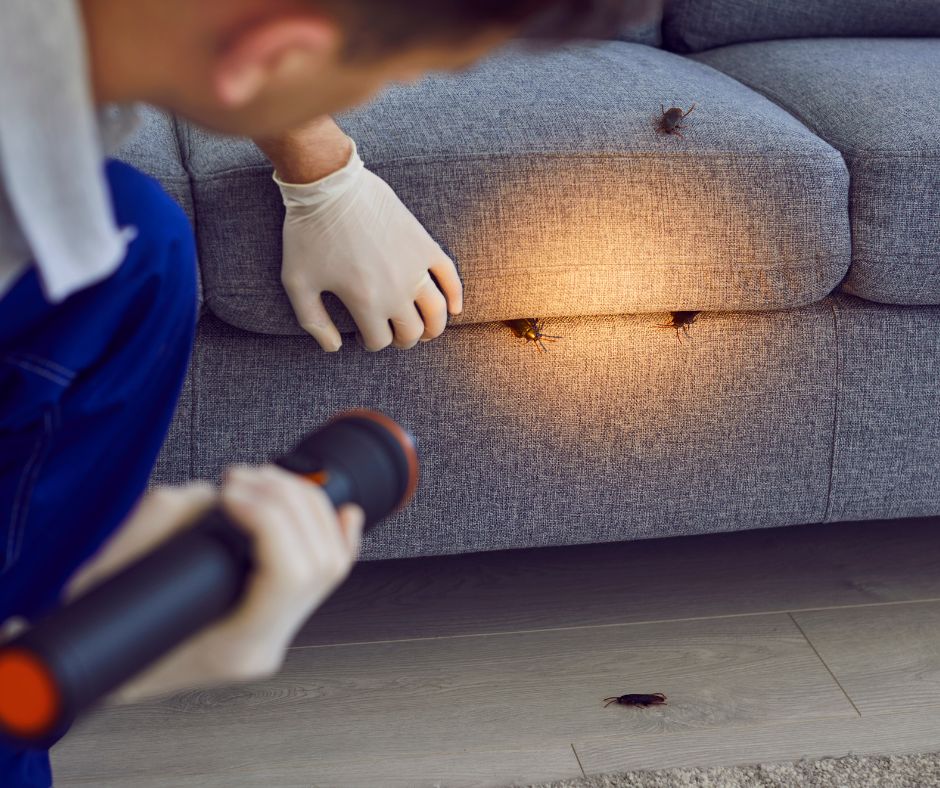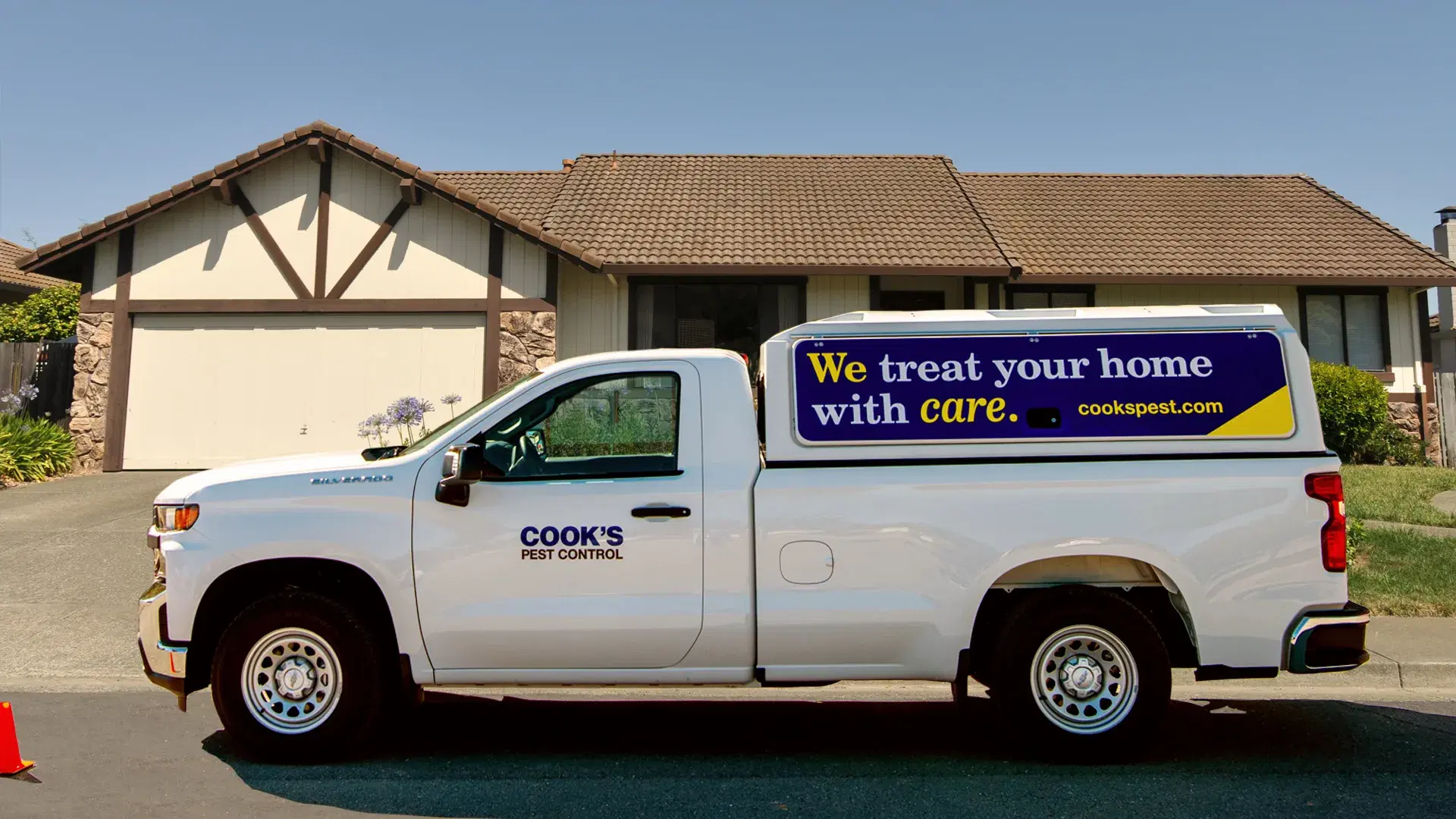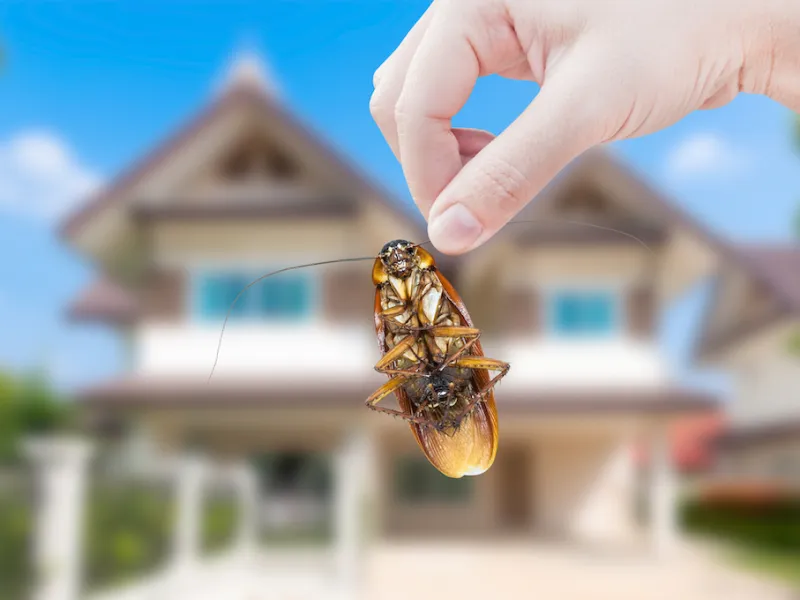Trusted Wildlife Removal Services in Port Charlotte to Securely Remove Pests
Learn Concerning the most recent Developments in Parasite Control and Exactly How to Carry Out Reliable Treatment Solutions
In current years, the area of insect control has observed significant improvements, driven by the need for sustainable and effective treatment remedies. Innovative approaches such as Integrated Parasite Administration (IPM) combine environment-friendly techniques with innovative innovation, enhancing both efficiency and ecological duty.
Eco-Friendly Bug Control Options
Over the last few years, the demand for environment-friendly parasite control options has actually surged as home owners and organizations alike look for sustainable choices to standard chemical treatments. This shift is driven by growing environmental awareness and a desire to lessen the health threats linked with synthetic pesticides.

Green insect control approaches include a series of strategies that prioritize using natural compounds and techniques. Integrated Pest Management (IPM) is one such approach, integrating organic, social, and mechanical techniques to take care of parasite populaces while lowering reliance on chemicals (Wildlife removal services). This holistic method highlights prevention through habitat adjustment and the introduction of natural predators, thereby cultivating a balanced ecosystem
An additional prominent alternative is making use of organic pesticides originated from plants, which have a tendency to be less damaging to non-target organisms. Products like neem oil and diatomaceous earth have obtained traction for their performance in controlling parasites while presenting minimal dangers to human health and wellness and the atmosphere.
Furthermore, exemption strategies, such as sealing entrance factors and preserving cleanliness, play an essential function in environment-friendly bug management. By taking on these lasting practices, companies and people can successfully handle insects while advertising a much healthier world for future generations.
Smart Modern Technology in Insect Monitoring
Advancement is improving the landscape of parasite management, with smart technology becoming a crucial force in boosting efficiency and efficiency - Wildlife removal services. The assimilation of Web of Points (IoT) tools, expert system (AI), and data analytics is revolutionizing exactly how pest control experts approach infestations
Smart catches equipped with sensors can spot bug activity in real-time, sending prompt informs to operators. This enables for timely reactions, lessening damages and lowering the need for comprehensive therapies. Additionally, AI formulas assess historic data to anticipate parasite actions, making it possible for aggressive interventions based upon environmental conditions and infestation patterns.
Drones and computerized lorries are additionally playing a substantial role in parasite administration, providing airborne analyses of huge locations, identifying hotspots, and even dispersing targeted therapies. These technologies not only improve operations yet likewise improve safety by restricting human exposure to possibly hazardous chemicals.
Additionally, mobile applications encourage customers to check parasite activity and accessibility professional suggestions, promoting a collaborative technique to pest management. In general, the fostering of smart innovation is setting a brand-new standard in pest control, highlighting data-driven decisions and lasting practices that ultimately profit both home owners and professionals alike.
Integrated Pest Monitoring Approaches
Integrated Insect Monitoring (IPM) uses a holistic technique to pest control, combining different methods to properly manage parasite populaces while minimizing risks to human health and wellness and the setting. IPM focuses on recognizing the pest life cycle, their natural enemies, and the environment in which they grow.
Among the basic parts of IPM is keeping an eye on pest populaces via regular evaluations and data collection. This enables for the identification of insect limits, figuring out when intervention is essential. Cultural techniques, such as crop habitat, turning, and cleanliness control, are important in decreasing insect occurrence and promoting plant health.
Mechanical controls, consisting of barriers and catches, are likewise important in IPM. These techniques can physically get rid of or discourage insects without making use of chemicals. When necessary, the wise application of chemical controls is employed, concentrating on targeted therapies that lessen environmental impact.
Education and learning and collaboration amongst stakeholders, including farmers, pest control experts, and the neighborhood, are crucial for the effective execution of IPM methods. By focusing on lasting techniques, IPM not just addresses pest problems yet additionally fosters a much healthier ecological community.
Biological Control Approaches
Countless organic control approaches are progressively identified for their performance in managing bug populaces while promoting environmental equilibrium. These strategies harness natural predators, bloodsuckers, and virus to reduce pest numbers without counting on synthetic chemicals. For example, the introduction of ladybugs can properly regulate aphid populations, while nematodes target soil-dwelling bug larvae.
In addition, using microbial pesticides, such as Bacillus thuringiensis (Bt), provides an eco-friendly choice for handling caterpillar pests. These items particularly target pest varieties, minimizing injury to helpful pests and pollinators. Furthermore, conservation biological control stresses boosting habitats for natural enemies, such as birds and useful insects, thereby motivating their presence in farming systems.
Study remains to expose cutting-edge methods within this area, such as the usage of scents to disrupt pest breeding patterns or the advancement of biocontrol representatives via genetic modification. Executing these techniques can result in sustainable parasite management techniques that mitigate the reliance on chemical interventions, inevitably promoting healthier ecological communities. As recognition of these methods expands, they are coming to be indispensable components of a fantastic read integrated pest monitoring (IPM) strategies, offering insect spraying services a balance between reliable insect control and environmental stewardship.
Do It Yourself Pest Control Solutions
As homeowners seek efficient means to tackle insect concerns, do it yourself pest control services have actually acquired popularity for their ease of access and cost-effectiveness. These approaches equip individuals to attend to invasions using readily available materials and techniques, usually without the requirement for expert intervention.

In addition, maintaining proper cleanliness and regular assessments can prevent pest entrance and nesting (Wildlife removal services). Simple practices, such as securing splits, getting rid of food sources, and decluttering, can dramatically lessen insect populaces. Traps, both homemade and commercially available, can additionally provide reliable solutions for tracking and controlling details bugs like rats or pests

Conclusion
The assimilation of green insect control choices, smart technology, and ingenious monitoring approaches offers a detailed approach to efficient pest administration. By welcoming Integrated Insect Administration look at this now (IPM) and making use of organic control techniques, together with DIY solutions, lasting and responsible pest control can be attained. These improvements not just improve the efficiency of parasite monitoring practices yet likewise add to a much healthier setting. Executing these techniques fosters a balanced ecosystem while efficiently resolving pest populations.
Green bug control methods include an array of methods that prioritize the usage of natural compounds and practices. Integrated Bug Management (IPM) is one such method, combining biological, cultural, and mechanical tactics to manage insect populaces while lowering reliance on chemicals. As understanding of these strategies expands, they are coming to be integral elements of integrated bug monitoring (IPM) strategies, using a balance between efficient insect control and environmental stewardship.
The assimilation of green pest control alternatives, clever modern technology, and innovative administration techniques provides an extensive strategy to effective bug administration. By welcoming Integrated Parasite Management (IPM) and using biological control approaches, along with DIY remedies, lasting and responsible pest control can be achieved.